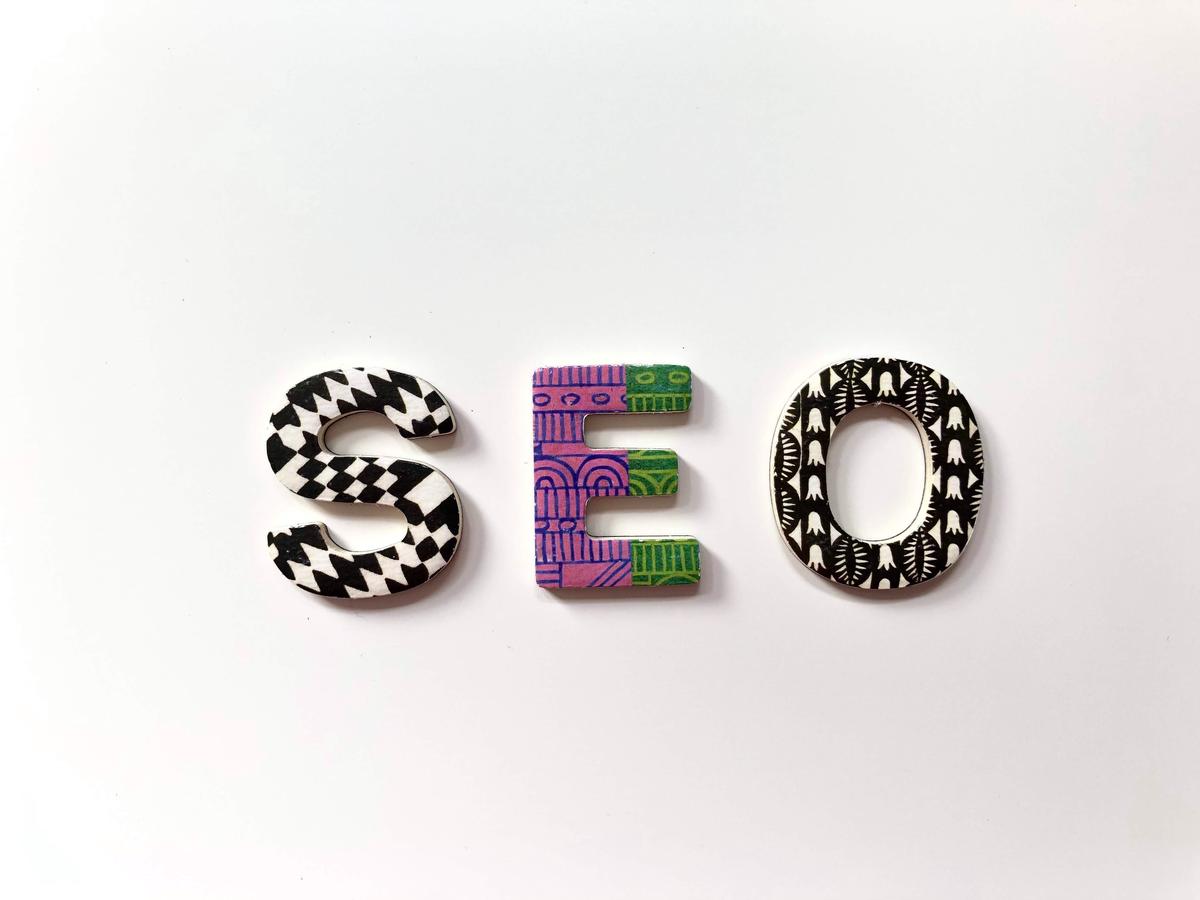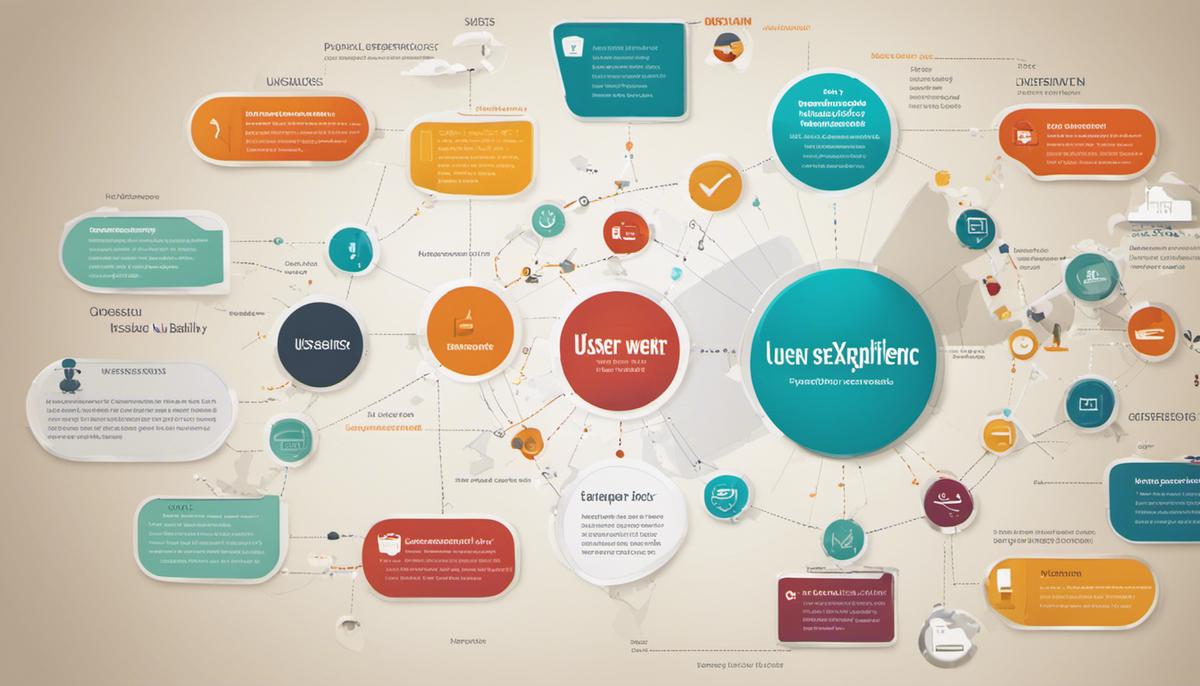In a rapidly digitizing world, the importance of creating an appealing and effective online presence cannot be understated. The subtleness of interaction design and the nuances of visibility in the online world have been encapsulated within two critical concepts: User Experience (UX) and Search Engine Optimization (SEO). These seemingly disparate areas interweave and coexist, constituting a fundamental part of a website’s overall performance and the path to drawing users into your digital ecosystem. In this exploration, we dive into the essence of UX and SEO, unraveling their intertwined relationship, their significant influences on a website’s positioning, and their overall role in tuning the digital user journey.
Understanding UX and SEO
In the fast-paced, ever-evolving digital landscape, two phenomena stand supreme: User Experience (UX) and Search Engine Optimization (SEO). Both are essential components for a successful online presence, yet their interaction is often overlooked. Let’s delve into how these two pivotal elements collide and mutually influence one another.
UX, in simple terms, refers to the overall experience a user has while interacting with a website or an app. Good UX improves satisfaction and encourages users to interact more with the platform. On the other hand, SEO is a set of strategies and practices applied to a website with the primary intent of enhancing its visibility on search engine results pages (SERPs). It beckons vast organic traffic that potentially drives conversions and boosts business growth.
So how exactly do UX and SEO collide in the digital world? The answer is streamlining! Google’s search algorithm has now evolved significantly, giving considerable importance to user experience apart from just keywords and backlinks.
In essence, Google loves what users love. The search giant now factors in user-centric signals such as mobile friendliness, load time, ease of navigation, and dwell time – indicators of a positive user experience. This implies that excellent UX enhances SEO rankings, making them inseparable companions.
Consequently, UX design is no longer just about aesthetics; it directly impacts your SEO. A good user interface should be simple yet powerful enough to guide a visitor from landing on the page to successfully completing the desired action.
Speed is another crucial point of intersection. Slow-loading pages create a poor user experience and are often penalized by lower search rankings. Improving load times is a win-win for both UX and SEO. Even a one-second delay can drastically reduce page views, customer satisfaction, and result in conversion losses.
Another intriguing confluence is mobile optimization – a site’s compatibility with mobile devices. Given the meteoric rise in mobile internet usage, Google has switched to mobile-first indexing. Optimizing web design for mobiles isn’t just preferential now; it’s an absolute necessity from both a UX and SEO perspective.
Lastly, high-quality, relevant content sits at the zenith of UX-SEO symbiosis. Content that resonates with users and attentively answers their queries fuels engagement, thus skyrocketing dwell times. Always remember, content is king, and users enjoy dealing with a knowledgeable king.
In conclusion, the digital world has witnessed the marriage of UX and SEO. They’re like gears in a cogwheel that synchronize to power a potent digital marketing machine. By boosting user experience, you boost your website’s SEO value, yielding higher rankings, more traffic, and ultimately, more conversions. The trick is to view UX and SEO not as separate entities but as parts of a holistic approach in creating an effective web presence. UX and SEO are not only colliding; they are converging, mingling, and becoming seemingly inseparable in this digital age.

The Impact of UX on SEO
The Core Intersection of UX and SEO: Unfolding Significant Effects
The potent fusion of User Experience (UX) and Search Engine Optimization (SEO) is more than just an industry buzzword. It has evolved into a digital marketing mandate with a significant influence on a website’s visibility and performance. This understanding has led us deep into the subtleties of both UX and SEO. Now, let’s delve deeper and uncover how UX significantly impacts SEO in more profound ways.
Firstly, understanding the user’s intent is crucial. Google’s search algorithm has become adept at gauging user intent, progressively refining search results to align with it. As such, designing a UX that effectively communicates the intent your website serves justifies a better SEO ranking.
Secondly, UX plays a significant role in boosting dwell time, another crucial SEO factor. A well-designed, intuitive UX can keep users engaged, encouraging them to spend more time browsing the website. This longer dwell time sends positive signals to search engines, rewarding the website with improved ranking.
Thirdly, let’s pay attention to click-through rates (CTRs). CTR is another metric that SEO pays attention to, and it is directly impacted by UX elements. An attractive, understandable Meta description improves UX by providing users with a clear understanding of what to expect from the web page, leading to higher click-through rates, subsequently uplifting SEO.
Site structure and navigation are next on our list. A website with a clear structure and easy navigation enhances UX, enabling users to find desired information efficiently. This clear, logical structure is not only a boon for users but is also beneficial to the search engine crawlers, facilitating faster and efficient indexing – a significant advantage for SEO ranking.
Finally yet importantly, focusing on visual hierarchy pays dividends. A strong visual hierarchy aids UX by effortlessly guiding users through the site content and promoting ease of interaction. This happy user experience signals a user-friendly website to search engines, positively influencing the SEO rank.
Moreover, incorporating multimedia elements such as engaging videos or intriguing infographics can enhance UX exponentially. High user interaction with these elements signifies to search algorithms that the site provides value, positively impacting SEO.
In conclusion, the roles of UX and SEO no longer exist in silos. They intermingle in a digitally dance, feeding off each other to create a dynamic environment beneficial for both users and search engines. An understanding of this pivotal relationship is crucial for all those involved in the digital space and looking to embrace an SEO strategy without undermining UX.
You’ve tasted the benefits, so why not embrace the synergy of UX and SEO in your digital strategy? Drive high quality traffic, improve conversion rates, dominate search engine rankings, and create an exemplary user experience. After all, the digital world demands nothing less.

SEO-friendly UX Design Strategies
Breaching into the realm of user intent and its impact on SEO, it should be understood that understanding and catering to user intent is the key to unlocking improved SEO results. Algorithms are more intelligent now, analyzing context, implications and semantics behind search queries. Designing UX that fulfills user intent, be it informational, navigational, commercial, or transactional, can significantly boon organic traffic and consequently, SEO outcomes.
Dwell time is a metric often overlooked in SEO strategies. It is the length of time a user spends on your website after clicking on the search result. A stellar UX design engaging enough to increase dwell time sends a positive signal to search engines about your website’s relevance to the search query, thereby strengthening your SEO game.
Click-through rates (CTR) are directly influenced by the user experience. Stimulating meta descriptions and title tags that pique user interest enhance CTR performance. An inviting UX that fosters user engagement is a surefire way to amplify CTRs, endorsing your place before search engines.
The structure and navigation of your site are influential aspects of UX and SEO alike. Websites with an intuitive, coherent, and concise site structure aid users in easily locating the information they need, enabling them to seamlessly traverse through your site. This ease in navigation mitigates bounce rates and boosts your site’s SEO.
As we move along, visual hierarchy deserves a special mention in the UX-SEO confluence. Elements of typography, color psychology, spacing, and placement on the webpage guide the user’s eye movement, thereby controlling their interaction. A well-exemplified visual hierarchy not only enhances user experience but also helps search engine spiders better understand and index your content, elevating your SEO ranking.
The incorporation of multimedia elements, like images, videos, or infographics, doesn’t just enhance the aesthetics of your webpage but also fosters user engagement. They can breathe life into your content and make it more palatable for the user, improving UX. As Google’s algorithm now favorably indexes multimedia-rich webpages, this strategy could also be a powerful SEO booster.
The aforementioned strategies suggest how UX and SEO do not merely coexist but thrive in synergy. UX affects SEO, and vice versa. In the rapidly evolving digital landscape, businesses seeking growth need to harness the power of UX-SEO symbiosis to create an impactful digital presence. Thus, an integrated, tactical approach towards UX and SEO is not just a good-to-have but an essential component of a formidable digital strategy.

Tools and Analytics for UX and SEO
Navigating the junction where UX and SEO intersect, it’s essential to efficiently wield the right tools and analytics. A tech geek’s ultimate guideline isn’t complete without a crucial discussion on these tools, giving you the power to monitor, improve, and enhance the blend of SEO and UX on your website.
Google Analytics, undoubtedly, is a robust tool that should be in your tech quiver. Its holistic analytics tracking dashboards, user engagement metrics, site speed reports, and other features provide rich data to optimize for both UX and SEO objectives. The Behavior Flow report, specifically, can unveil how users are navigating your site and indicate paths causing high bounce rates—a fundamental insight for better UX design and improved SEO ranking.
On a similar note, Google Search Console (GSC) is another free tool worthy of consideration. Tracking your organic search performance, it authenticates your average position in search results among other valuable SEO markers. GSC’s Mobile Usability section inherits great importance, as Google’s move to mobile-first indexing makes mobile usability crucial in the SEO realm and user experience.
Complementing these Google offerings, SEMRush is a comprehensive SEO tool that offers an SEO audit of your site, backlink monitoring, and keyword tracking. It can also discover organic competitors and enhance your content strategy.
For improving website speed, a key UX and SEO factor, GTMetrix is an ideal tool. With detailed insights about your page load times and actionable suggestions to improve speed, it helps in crafting swift, highly responsive websites appealing to users and search engines alike.
When it comes to specialized UX tracking and optimization, Hotjar is a standout. It offers heatmaps that show how users really interact with a website, providing an invaluable visual perspective of the user journey. The tool also allows you to create user surveys and feedback polls, facilitating better understanding of user behavior and intent.
For ensuring mobile-friendliness, Mobile-Friendly Test by Google is a quick but effective tool. Just input your URL and it provides a snapshot of how Googlebot views your page, with actionable solutions for issues affecting mobile UX, thereby influencing SEO.
Moz Pro, another comprehensive tool, offers features like keyword explorer, on-page grader, and rank tracker, which are crucial to improving your SEO game. The Page Optimization Score gives suggestions for improving UX elements like copy length, meta descriptions, and content readability.
Lastly, Ahrefs as an all-in-one SEO toolset, can assist in competitor analysis, keyword research, rank tracking, and backlink analysis – all contributing to a streamlined UX and favorable SERP positioning.
Implementing testing and validation tools, like Crazy Egg for A/B testing, can contribute insights on user preferences and boost conversion rates – a benefit for both UX and SEO. Browsershots, for cross-browser compatibility testing, is a solid choice to ensure satisfying user experience on all browser types.
Emerging technologies like Voice Search Optimization (VSO) and user behavior analytics are just the beginning—stay on the pull with the emergent wave of tools and analytics. For tech enthusiasts, at the cutting-edge of technological innovation, these tools don’t only streamline the process but equip them to design a website that meets both user and search engine expectations. Using these tools, with an unwavering focus on enhanced user experience and refined SEO tactics, the digital environment will undoubtedly shape up to be a game-changer in the coming years.

Crafting a compelling digital presence necessitates a balanced focus on both user experience and search engine optimization. While UX manifests itself in the design and navigability of a site, enhancing the user’s engagement, SEO ensures visibility, driving relevant user traffic to the site. Utilizing strategic, SEO-friendly UX design methods and leveraging the power of analytics and industry-standard tools is pivotal in crafting a website that serves the dual purpose of satisfying the user and being favored by search engine algorithms. The synergy of UX and SEO, when correctly harnessed, is an indispensable aspect of successfully navigating the ever-evolving digital landscape.






